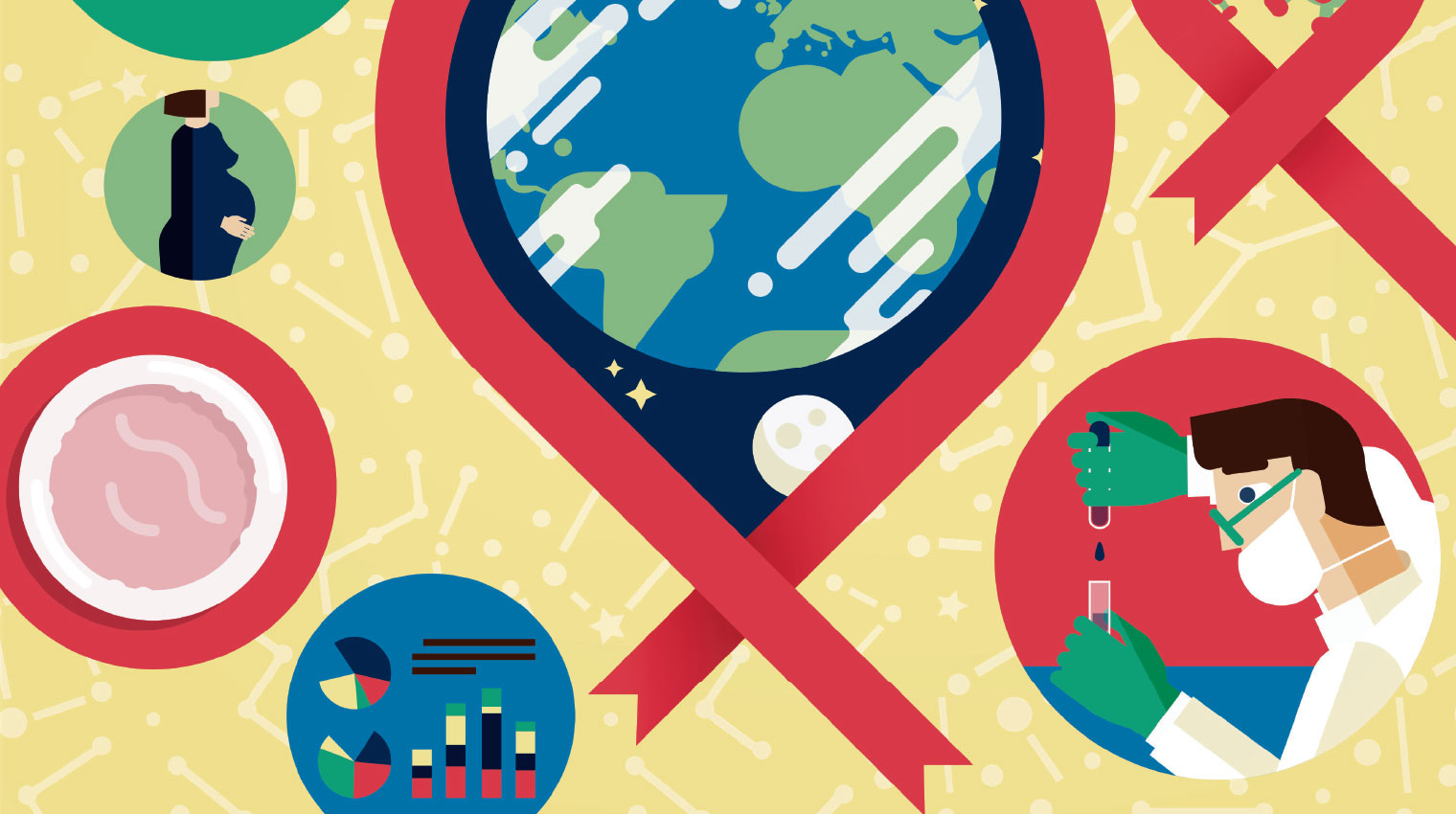Iran has adopted a pragmatic approach in fighting HIV/AIDS, and has successfully executed one of the most effective programs in this regard with the participation of civil society, said Gholamali Khoshroo.
At a high-level meeting on ending AIDS held June 8-10 at the United Nations General Assembly in New York, Iran’s permanent representative to the United Nations briefed the participants on Iran’s approach and progress in fast-track ending of the deadly disease.
The meeting brought together heads of states and governments, ministers, people living with HIV, representatives from civil society and international organizations, the private sector, scientists and researchers to build on the commitments made in the Political Declaration on HIV and AIDS and to set the world on course to end the pandemic by 2030 within the framework of the Sustainable Development Goals (SDGs).
The Iranian envoy spoke on behalf of Health Minister Hassan Qazizadeh Hashemi, IRNA reported.
“The international community’s contributions account for only 5% of the costs of fighting AIDS/HIV and 95% of the total amount is met through national resources. Allocations and investment by the government, especially for the most-at-risk groups, indicates Iran’s commitment to HIV/AIDS response.”
Pointing to Iran’s new program to fast-track ending HIV/AIDS by 2030, the draft of which has been finalized, Khoshroo reiterated that the Islamic Republic has managed to bring the virus spread under control among injecting drug users (IDUs).
“Iran seeks to ensure appropriate action for the next wave of the pandemic by adopting a broad and all-encompassing approach which includes cultural sensitivities as well as scientific advancements,” he said, hoping that the nuclear deal (which came into effect in January) would help provide opportunities for Iran to transfer the required technology as well as specialties to combat the scourge.
Iran is among the few countries in the Middle East and North Africa that has created a competent screening and evaluation system for AIDS/HIV trends, said Khoshroo. The nation is ready to cooperate in sharing its experience in harm reduction and disease control, particularly within the framework of South-South cooperation.
At the three-day assembly, member states adopted a new political declaration that includes a set of time-bound targets to fast-track the pace of progress towards combating HIV and AIDS worldwide over the next five years and end the virulent disease as a public health threat by 2030.
Fourth National AIDS Plan
Between 1988 and October 2015, a total of 30,183 cases of the disease were reported in Iran, out of which 67% were through injections and 18% sexually transmitted. Women made up 15% of the total figure.
The 4th National AIDS plan took off in October in cooperation with the United Nations Program on AIDS and several international organizations, according to Fardad Doroudi, director UNAIDS in Iran. More than 16 international organizations are contributing to the execution of the plan.
It includes ten items under five major goals: reducing HIV prevalence rate to less than 0.15% among the general public; less that 13% among substance-abusers, and less than 5% among people at risk through sexual transmission. It will also try to bring down mother-to-child transmission by 90% and deaths from AIDS-related diseases by 20% within the timeframe (2015-2019).


